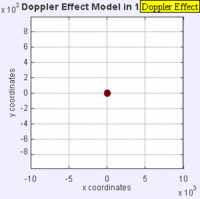Physics is the branch of science concerned with the properties of matter and energy. Physics includes various subjects like heat, light, mechanism, sound, electricity, magnetism and structure of atoms.
The purpose of physics is to find ways to explain everything – from the tiniest particles to the largest stars, galaxies and objects known to man. It is termed as it science because it attempts to do all that on the basis of experiments, measurements and mathematical models. These laws are then used to predict the behaviour of all kinds of objects and to invent the technological devices that we take for granted today.
The human endeavour to understand and explain physical phenomena is ancient, with early philosophers like Archimedes speaking of phenomena like buoyancy and levers. Later, with the dawn of the 17th Century, Physicists like Galileo Galilei and Isaac Newton explained these phenomena through the universal language of Mathematics. We soon found everything from the behaviour of light to the orbits of planets around the Sun being explained through equations.
Faraday and Maxwell brought us the laws of electricity, magnetism and electromechanical waves, thus paving the way for light bulbs and electricity supply to our homes. Many others contributed to explaining optics(the physics of light) and thermodynamics(the physics of heat).
A whole new chapter started around the beginning of 20th century with the discovery of X Rays by Wilhelm Röntgen, observation of Radioactivity by Henri Becquerel and formulation of the Quantum Hypothesis by Max Planck. Modern Physics was further augmented through Albert Einstein’s General and Special Relativity and Neil’s Bohr’s Atomic Models.
Heisenberg and Schrödinger ‘s Quantum mechanics gave scientists a better understanding of chemistry and solid-state physics, which in turn has led to new materials and better electronic and optical components. Nuclear Physics helps us produce electricity in a more efficient way than conventional production using fossil fuels. Elementary particle physics helps us study the intrinsic properties of the universe and is today being used to understand the very origin of the universe as well as the properties of massive objects like black holes.




